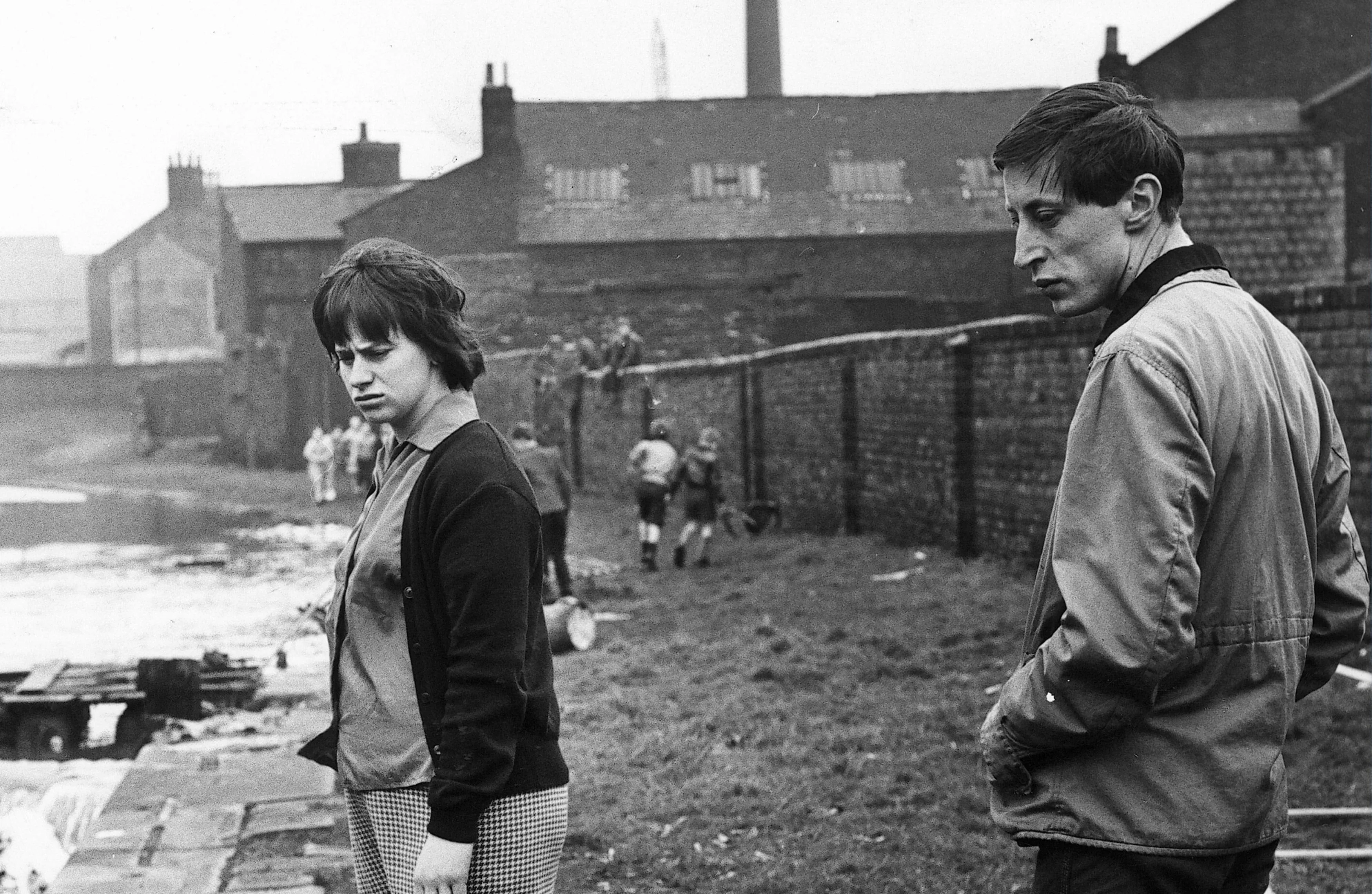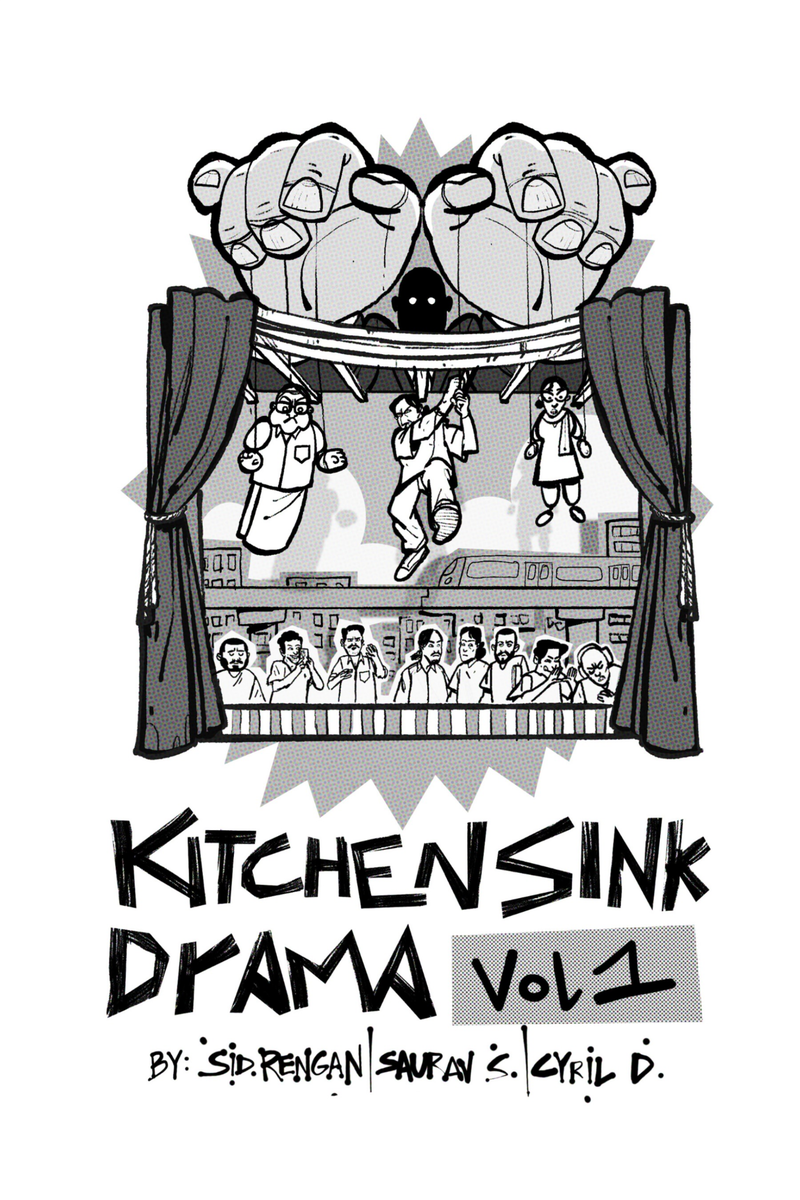Kitchen Sink Drama is a term used to describe a genre of British theatre that emerged in the 1950s and 1960s. It is characterized by its focus on the lives of working-class individuals, tackling gritty and often controversial subject matter. The term "kitchen sink" refers to the inclusion of ordinary, everyday objects and situations in the plays, giving a sense of realism and authenticity to the storytelling.What is Kitchen Sink Drama?
Kitchen Sink Drama is known for its raw and unapologetic portrayal of working-class life. The characters are often struggling with poverty, inequality, and social issues such as racism and sexism. The dialogue is often frank and confrontational, reflecting the frustrations and struggles of the characters. The plays also tend to have a domestic setting, with the kitchen being a central location, hence the term "kitchen sink" drama. What are the Characteristics of Kitchen Sink Drama?
Kitchen Sink Drama emerged in the post-World War II era in Britain, a time of great social and political change. The genre was a reaction to the traditional, upper-class dramas that dominated the British theatre scene at the time. Playwrights such as John Osborne, Arnold Wesker, and Shelagh Delaney, among others, were at the forefront of this new wave of drama. Their plays challenged the traditional notions of what theatre should be and gave a voice to the working-class and marginalized communities.History of Kitchen Sink Drama
There are several key figures in the Kitchen Sink Drama movement, but some of the most prominent include John Osborne, who is considered the father of the genre, and his groundbreaking play Look Back in Anger. Other notable playwrights include Arnold Wesker, with his trilogy of plays Chicken Soup with Barley, Roots, and I'm Talking about Jerusalem. Shelagh Delaney's A Taste of Honey is also a significant work in the genre, as well as Alan Sillitoe's play The Loneliness of the Long-Distance Runner.Key Figures in Kitchen Sink Drama
Kitchen Sink Drama had a significant impact on British theatre, challenging the traditional notions of what theatre should be and who it should represent. It gave a voice to the working-class and brought a new sense of realism and authenticity to the stage. The plays also sparked important social and political discussions, addressing issues that were often considered taboo at the time. The genre also paved the way for other forms of realism in theatre, such as social realism and kitchen sink films.Impact of Kitchen Sink Drama on British Theatre
Some common themes in Kitchen Sink Drama include poverty, social inequality, family dynamics, and the struggle for identity. The characters are often dealing with the harsh realities of life, and the plays explore their relationships, hopes, and dreams. Love, loss, and the search for meaning in a changing world are also prevalent themes in the genre.Themes in Kitchen Sink Drama
One of the defining features of Kitchen Sink Drama is its use of realism. The plays present a true-to-life depiction of working-class life, with all its struggles and hardships. The characters speak in authentic, colloquial language, and the sets are often detailed and realistic. This sense of realism adds to the raw and emotional impact of the plays, making them relatable and thought-provoking.Realism in Kitchen Sink Drama
Some of the most notable Kitchen Sink Drama plays besides those mentioned earlier include A Kind of Loving by Stan Barstow, Kitchen Sink by Tom Wells, and This Is Water by Tim Crouch. Each of these plays explores different aspects of working-class life and adds to the rich and diverse body of works within the genre.Notable Kitchen Sink Drama Plays
Kitchen Sink Drama is often compared to other forms of realism in theatre, such as social realism, naturalism, and kitchen sink films. While all of these genres share a focus on depicting real-life situations, Kitchen Sink Drama stands out for its emphasis on the working-class and its use of domestic settings. It also differs from traditional plays that often present a romanticized or idealized version of life.Comparison to Other Forms of Drama
Despite its impact and popularity, Kitchen Sink Drama has also faced criticism over the years. Some have argued that the plays perpetuate negative stereotypes of the working-class and focus too much on their struggles and hardships. Others have criticized the genre for being too focused on domestic issues and not addressing broader social and political themes. However, it cannot be denied that Kitchen Sink Drama has played a significant role in shaping British theatre and giving a voice to marginalized communities.Criticism of Kitchen Sink Drama
The Significance of Kitchen Sink Drama in House Design

The Rise of Kitchen Sink Drama
 Kitchen sink drama, also known as social realism, emerged in the 1950s in Britain and quickly gained popularity as a genre in film and literature. It was a reaction to the traditional middle-class dramas that dominated the entertainment industry at the time. Kitchen sink dramas focused on portraying the lives of working-class individuals and families, highlighting the struggles they faced in their daily lives. This shift in perspective brought attention to the often overlooked and marginalized members of society and gave them a voice.
Kitchen sink drama, also known as social realism, emerged in the 1950s in Britain and quickly gained popularity as a genre in film and literature. It was a reaction to the traditional middle-class dramas that dominated the entertainment industry at the time. Kitchen sink dramas focused on portraying the lives of working-class individuals and families, highlighting the struggles they faced in their daily lives. This shift in perspective brought attention to the often overlooked and marginalized members of society and gave them a voice.
The Impact on House Design
 The influence of kitchen sink drama extended beyond the arts and into the world of interior design. The realistic and gritty portrayal of working-class homes sparked a new interest in the design and functionality of these spaces. People began to see the potential in these humble dwellings and started to incorporate elements of the style into their own homes.
One of the main features of kitchen sink drama was the emphasis on the kitchen as the heart of the home. This led to a newfound appreciation for this functional space and a desire to make it not only aesthetically pleasing but also practical. Bold and bright colors, utilitarian furniture, and open shelving were all popular design choices inspired by the genre.
The influence of kitchen sink drama extended beyond the arts and into the world of interior design. The realistic and gritty portrayal of working-class homes sparked a new interest in the design and functionality of these spaces. People began to see the potential in these humble dwellings and started to incorporate elements of the style into their own homes.
One of the main features of kitchen sink drama was the emphasis on the kitchen as the heart of the home. This led to a newfound appreciation for this functional space and a desire to make it not only aesthetically pleasing but also practical. Bold and bright colors, utilitarian furniture, and open shelving were all popular design choices inspired by the genre.
The Legacy of Kitchen Sink Drama
 Even though kitchen sink drama has evolved over the years, its impact on house design can still be seen today. The focus on portraying real-life and relatable living spaces has influenced modern interior design in a significant way. The incorporation of natural materials, minimalism, and a more functional approach can all be attributed to the roots of kitchen sink drama.
In conclusion, kitchen sink drama may have started as a genre in film and literature, but its impact on house design cannot be ignored. It brought attention to the importance of functionality and the beauty in simplicity. The legacy of kitchen sink drama continues to shape our homes and reminds us that even the most humble of spaces can be transformed into something extraordinary.
Even though kitchen sink drama has evolved over the years, its impact on house design can still be seen today. The focus on portraying real-life and relatable living spaces has influenced modern interior design in a significant way. The incorporation of natural materials, minimalism, and a more functional approach can all be attributed to the roots of kitchen sink drama.
In conclusion, kitchen sink drama may have started as a genre in film and literature, but its impact on house design cannot be ignored. It brought attention to the importance of functionality and the beauty in simplicity. The legacy of kitchen sink drama continues to shape our homes and reminds us that even the most humble of spaces can be transformed into something extraordinary.















































/extaudio/3/9/b/1/f398-9dce-47dd-a27d-806575cc0485)





















